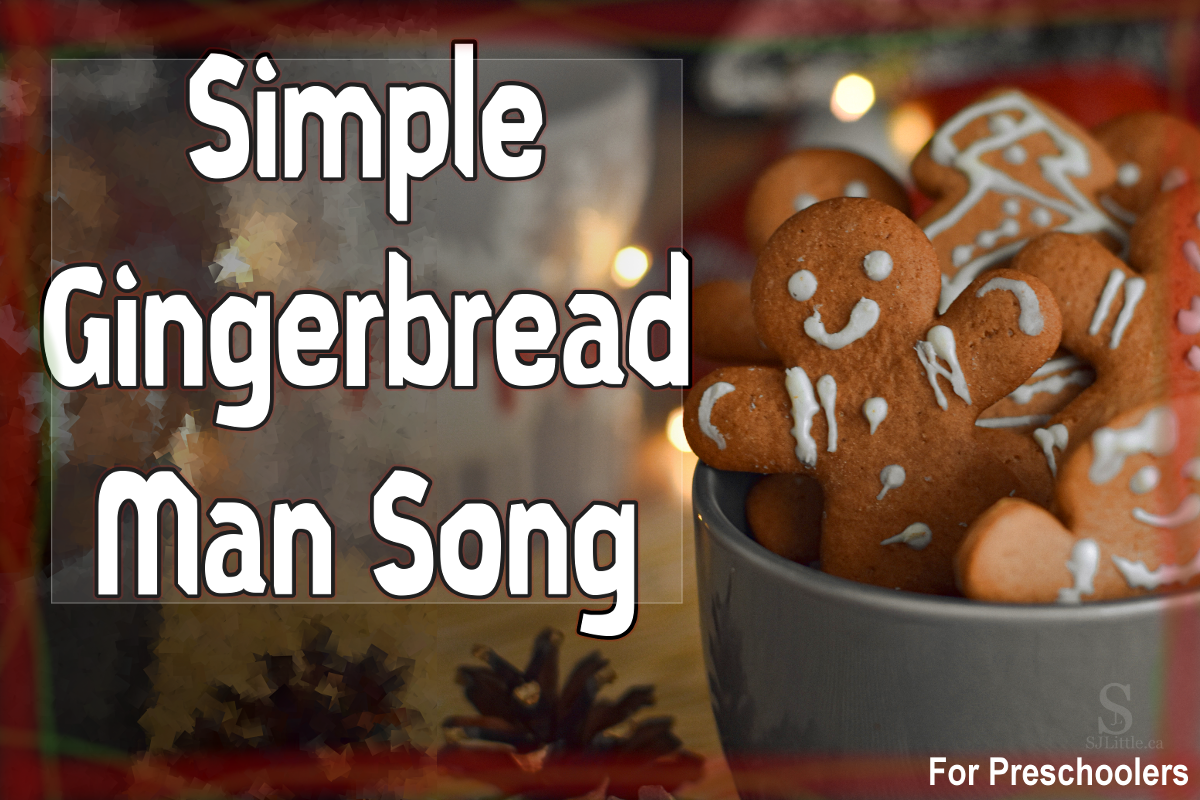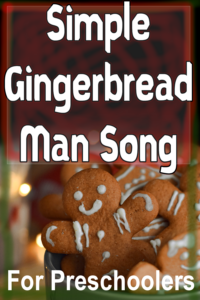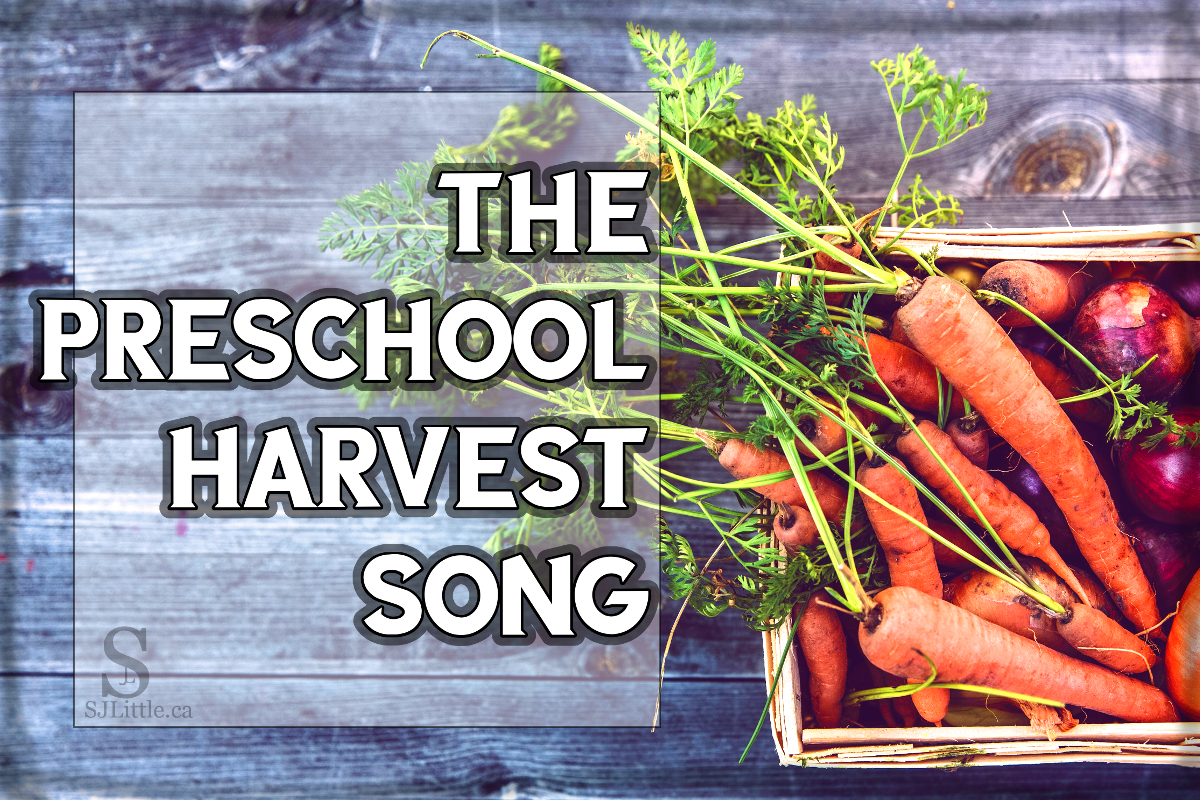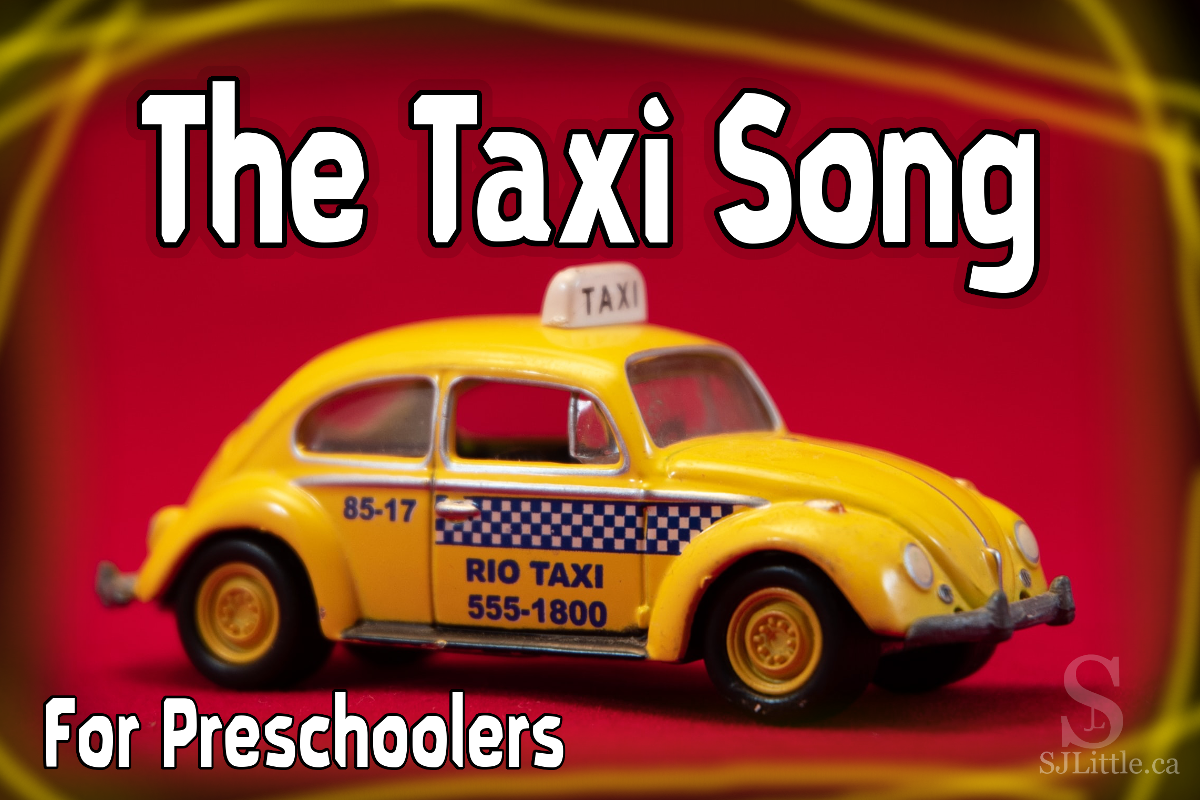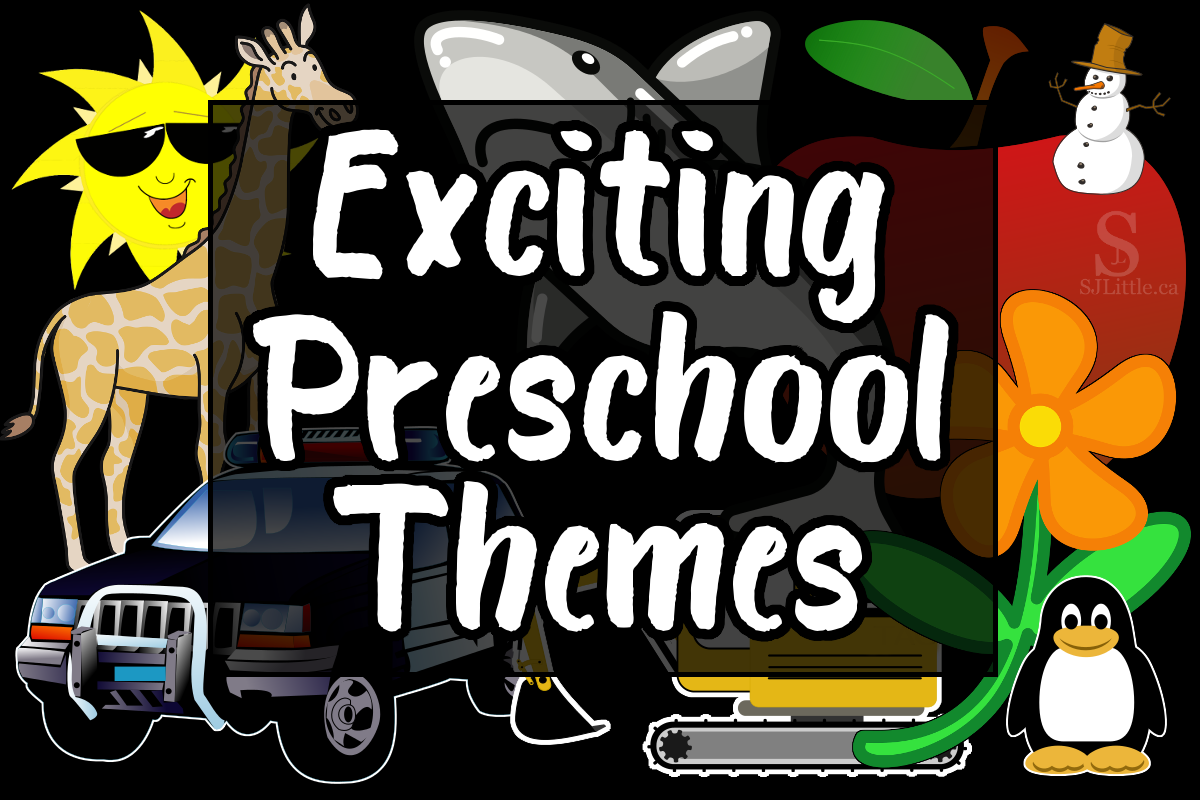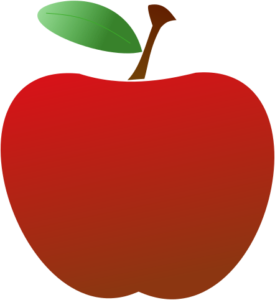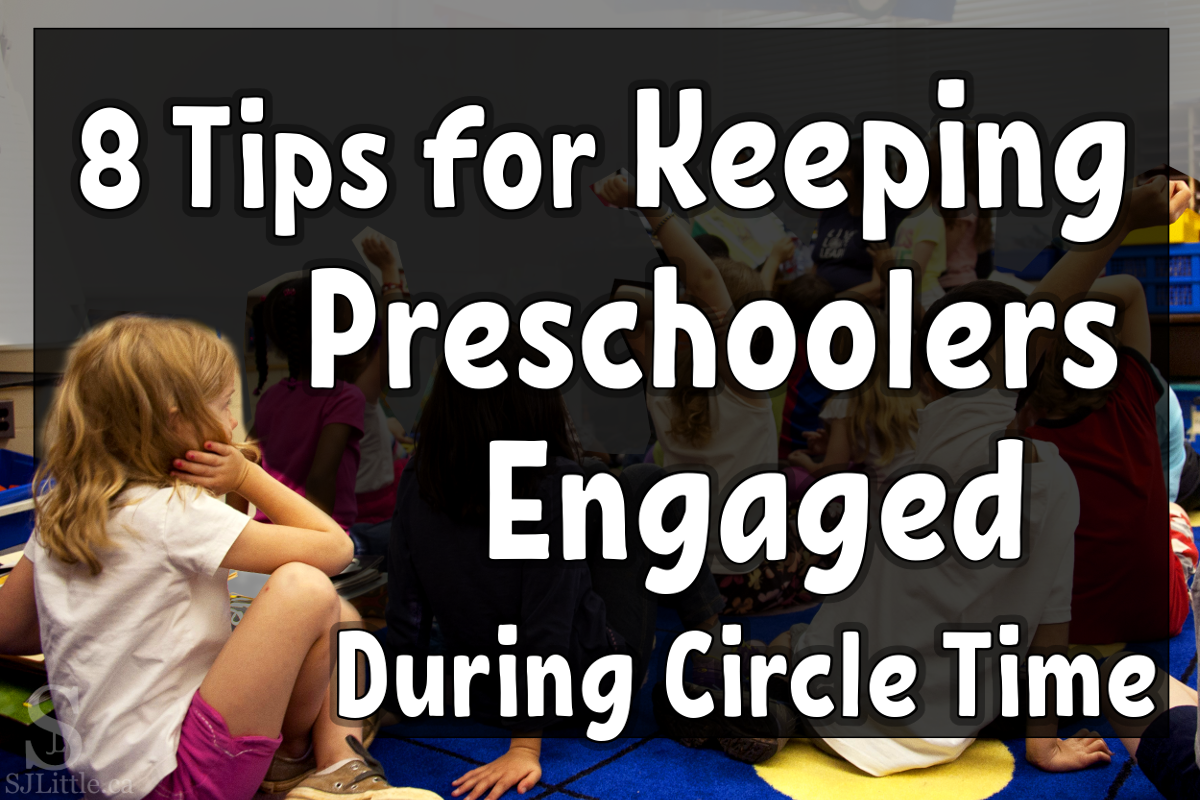
How do preschool teachers do it? How do they keep a group of 2-4 year olds listening and engaged at circle time?
If you’ve ever asked these questions, then you are in the right place. As a preschool teacher for over 9 years, here are some of the tricks I use for keeping preschoolers engaged at circle time.
1. Routine
Young children do better when they know what to expect. Having a regular routine helps children feel secure and confident. Building a routine for your day as well as a routine for your circle time will help this. It doesn’t need to be precisely to the minute. Focus more on the order of events. For example, nap time always follows lunchtime, or we always start our morning with five minutes of circle time and then it’s craft time.
- Tips for building routine:
- Think about when your children will have high or low energy. For some children, doing a high-energy activity immediately followed by a quieter sitting activity can help improve focus.
- Use transition songs:
- For sitting down (after standing songs or activities during circle time)
- For the beginning and end of circle time
- For clean-up time
- For transitions to or from regular activities such as nap time
2. Change It Up
Once you’ve established a regular routine, consider changing minor elements of that routine to add variety. Children are naturally curious and desire to explore. Adding variety within routine helps keep preschoolers engaged and attentive. Try to balance and interchange new and challenging with familiar and comfortable.
- You could do this by:
- Always beginning your circle time with the same hello song, but then change up the next song every few days to keep it new and engaging.
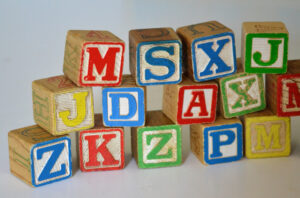
- If you teach about a letter every day, introduce it the same way each time, but then use a variety of ways to teach it. Here are some of the ways I like teaching the ABCs: Teaching the ABCs at Circle Time.
- Introducing new songs. Children who attend several days a week can sing the same song every day for a few days, but then benefit from something new. Depending on your class and the time of year (children get wiggly in spring), you may find it helpful to introduce new songs more or less frequently. After a week or two, you can sprinkle in older songs every so often. My Big List of Simple Preschool Songs can help you find new songs.
- Using a fun theme, such as one listed in this article: Exciting Preschool Themes, can help you find inspiration for new songs, crafts, activities, and stories. Once you’ve decided what your theme is, try searching Pinterest or Google for great ideas that go with your theme.
- Find new picture books to read with your class. Your local library can help with this. I like to search for books based on the fun theme I’m using. With my two or three year old class, I might occasionally re-read a book at circle time. With a four or five year old class, I almost never re-read a book since new books tend to capture their attention better. (Yes, that means I am regularly visiting the library and returning with armloads of picture books.)
- Tweak familiar games, activities, or crafts by changing the theme. This could be as simple as finger painting on an apple-shaped piece of paper rather than a regular paper. As for games, here is a simple game that can easily be adapted to various themes: 4 Sides.
- Always beginning your circle time with the same hello song, but then change up the next song every few days to keep it new and engaging.
3. Interaction: It Shouldn’t Just Be The Teacher Talking
Try to add interactive elements to your circle time so that your preschoolers can actively participate.
- Interactive elements could include:
- Singing action songs. These songs provide a level of interaction to circle time but don’t stop there. (Here’s a great list of action songs you could sing.)
- Asking questions. Ideally, ask questions that every child gets an opportunity to answer. With a large group, open-ended questions may take far too long to allow the children to answer. Instead, for example, when your theme is pets, try asking each child a simple question such as, “What is your favourite type of pet?”

- Encouraging participation. Watch how you react when a child attempts to add a comment or answers a question with the wrong answer. Your tone of voice and body language will tell the whole class whether their participation and attempts to answer even when they don’t know the correct answer are welcomed or not.
- Using visuals. Including an activity with visuals the children can hold and touch helps keep them interested at circle time.
- Matching – Make some matching visuals, such as my free Zoo Animal Skin Matching set. Secure one of each match on the wall or bulletin board. With the matching visuals, invite each child to come up one at a time. Hand them a visual and have them match it to the visual on the wall. Be sure that you have enough visuals for each child to have a turn. If you don’t, consider reusing some of the matches until every child has had a turn.
- Sorting – Similar to “matching” above, have some visuals the children can hold and a background to sort them on. Invite them to come to the front one at a time. Give them a visual and encourage them to place it on the appropriate part of the background. This can work well for sorting colours, or dividing vehicles into land, air, and water vehicles.
- Singing – I have a set of Old McDonald puppets I made from colouring pages. On days when I have enough time for every child to have a turn, I invite one child at a time to come stand with me at the front and choose one animal. They get to hold the animal while we sing that verse and then return to their spot on the carpet.
4. Keep It Short
When beginning a circle time routine, start short. Only do circle time for a few minutes at a time the first few days. Gradually, as the children get used to having circle time, you will be able to make it longer. However, be careful not to go too long. Otherwise the children will begin losing interest and you’ll have a harder time keeping them engaged.
- A good rule of thumb is that a child will have as much attention span as their age. For example, a 3 year old will likely be able to pay attention for 3 minutes. Therefore, for 3 year olds, keep the pace of circle time fast. Don’t spend more than 3 minutes on each song, story, or most activities.
5. Alternate Between Quiet Listening, Singing While Sitting, and Standing With Big Actions
Especially if you have a wiggly class, finding excuses to have the children stand up or do full-body actions will help them be able to sit attentively for other parts of circle time. Using transition songs can be helpful when it is time to sit back down.
- Ways to get your children standing up include:
- Stand-up songs, such as this one: The Flamingo Song.
- Rather than simply counting something, such as the days on the calendar, invite the children to stand up and stomp the number you are counting – one stomp for each number you say.
- Do stretches.
6. Pay Attention: Are Your Preschoolers Engaged or Distracted or Bored?
Your children will give you cues. Each day, take time to reflect on how circle time went and how you might be able to improve it next time.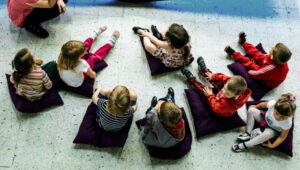
- Are you struggling to get the children to stay sitting? You might need to find something new and exciting for circle time. Alternatively, if it is the younger children who aren’t engaged, you may need to find something simpler and more interactive for circle time.
- Are your children goofing off when you read a book? Perhaps it’s time for a shorter and more engaging book such as one of these: 7 Fantastic Animal Guessing Books or try one of the methods in my article about Ways to Engage Preschoolers with Stories.
- If there is another adult in the room, reflect with them on which part of circle time you seem to be losing the children’s attention. Sometimes an adult watching from the back of the room will be able to pick up on signals you might not be able to see while you are leading circle time.
7. Be Engaged
- If you (and any other adults in the room) are interested in circle time, your children are far more likely to be interested and engaged as well.
- Make eye contact with the children while you lead circle time.
8. Pick Your Battles
Choose carefully which behaviours you allow or disallow during circle time, especially when you are the teacher leading circle time. Every time you interrupt what you are teaching to correct a child’s behaviour, you are in danger of losing the attention of the other children.
- Do your children really need to sit cross-legged at circle time? In some situations, yes, but in other situations, allowing them to sit with their legs stretched out in front may be just fine.
- Is a child speaking out of turn? Glance around to see if they are distracting the other children. If not, you may be able to ignore their comments for the time being.
 Mastering the art of keeping preschoolers engaged and listening at circle time is a skill that takes time to be learned. Even a teacher, who has led successful and engaging circle times for years, may find him or herself needing to step back and re-evaluate when a new class isn’t responding as expected.
Mastering the art of keeping preschoolers engaged and listening at circle time is a skill that takes time to be learned. Even a teacher, who has led successful and engaging circle times for years, may find him or herself needing to step back and re-evaluate when a new class isn’t responding as expected.
So what is my final piece of advice? Take time to pause and reflect about how circle time went each day and try to think of one thing you could improve the next time around. In this way, you will develop the skill of keeping preschoolers engaged during circle time.
Need help choosing which type of seating to use for your circle time? Read 5 Types of Storytime Seating
Looking to create your own curriculum? Here’s a great place to start: Create Your Own Preschool Curriculum for Free

